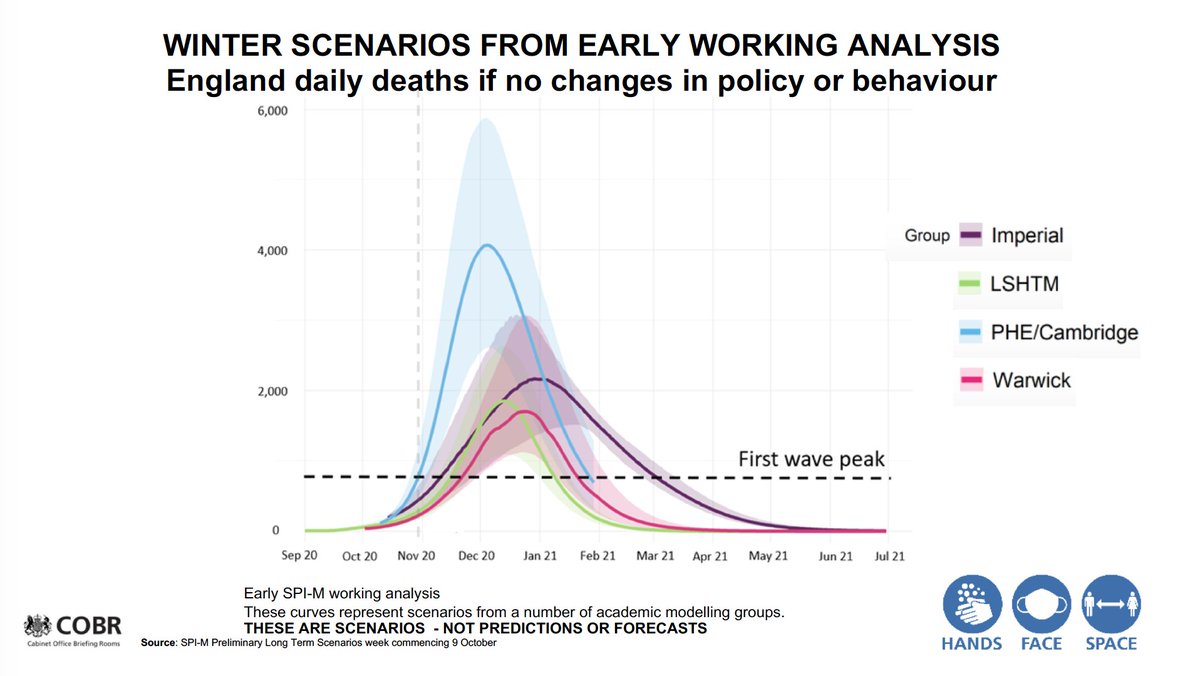
There is a lot of nonsense about Zero Covid being an extreme position, only possible in repressive states (er..S Korea, Taiwan, Thailand, Norway, Finland, NZ??) and our UK strategy reflects a more sensible centrist view. So compare the UK with successful countries...(1)
In fact we had a clear statement for proper public health control of the epidemic from WHO on Jan 29 2020, and the China Report from WHO on Feb 24 2020. All measures were not controversial and not based on rocket science or modelling. (2)
A new paper from Anhui province (pop 64 million, almost same as UK) in China shows how control was achieved without any severe or prolonged lockdown. sciencedirect.com/science/articl… (3)
The devolved administration identified 991 cases in January and February last year. They also tracked down 29,399 contacts through local community based workers. Note the ratio: they detected 30 contacts for every case, far higher than in the UK. (4)
Now read the interventions they arranged within a week of identifying the first case. Then read it again and consider how many we did here in the first wave, and how many we are doing now a year later? Yes, its embarrassing.(5) 

Now look at the outcomes in Anhui province, the same size as the UK. They achieved elimination of new cases in six weeks. (6) 

The UK wasted £22 billion on a system not run by public health experts. We had to borrow £373 billion even before the second surge. The loss of GDP and future unemployment suggest the impact of the pandemic could cost us a sum of more than a trillion pounds. (7)
We could have done what they did in one province of China (which is much poorer than us) if we had invested in strong public health, included independent PH advisers on SAGE, and mobilised districts and communities. We still aren't doing it. (8)
We halved all public health funding between 2012 and 2020, to a paltry £3 billion per year, even though a pandemic has consistently been the biggest threat to the country, higher even than war. We spend 13 times more on defence than PH. And 400x more than on infection control (9)
And the decision of our PM not to attend the first five meetings of the main COBR committee to tackle a pandemic we knew about on January 30, a delay of five weeks, was an act of omission beyond comprehension. (10)
The reliance on vaccines alone as a strategy for control while transmission remains high, and isolation of cases and contacts is an expensive joke, is incredibly risky. The threat of vaccine resistance remains high. (11)
Journalists, MPs and the public should ask daily why the public measures implemented by countries and provinces (like Anhui) which eliminated Covid from their territories, are not being implemented in the UK (12).
• • •
Missing some Tweet in this thread? You can try to
force a refresh





